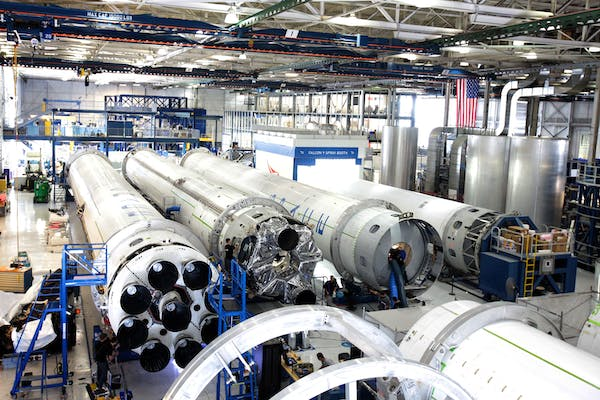One of the most insidious aspects to working in industrial settings is the potential to breathe toxic chemicals. If you’ve managed to find ways to avoid this, you may face other problems you don’t readily notice. One of those is dust, which is directly related to low humidity. There are smart options to help you with workplace dust suppression.
Dust can become a major problem to not only your machinery, but also employee health.
Unfortunately, various illnesses can develop from breathing excessive dust. It could bring potential pulmonary issues that may lead to excessive turnover in your workers.
You may think dust isn’t a health problem until you start seeing the above illnesses develop in your employees. The solution to this is a workplace dust suppression device, or a humidifier.
If you’ve had troubles with humidifiers in the past, you need one giving you more innovation to help prevent the worst health threats from dust.
Let’s look at how dust affects your health and how controlling humidity prevents this.
The Immediate Effects From Breathing Dust
One thing about breathing dust is that your nose is a filter to most large particles. In most cases, these particles get removed when you blow your nose or sneeze. It’s not to say the smaller particles won’t make their way into bronchial areas.
Some of the particles can end up in the windpipe where employees might cough them up. However, the lung does have defense mechanisms to protect from some dust. What’s known as macrophages can help someone who’s breathe particles to swallow them.
No matter if the dust source is organic or inorganic, it can still cause major illnesses when an employee breathes it long-term. You need to know what to look out for so you understand the red flags.
Where Dust Might Settle in the Body
Dust staying in the nose area could lead to rhinitis, which is inflammation of the mucous membrane. Many medical professionals simply call this something you’re very familiar with: Hay fever.
Other times, dust settles in the trachea, or causes bronchitis. If your workers start to have unexplained coughing, it’s perhaps directly related to breathing dust every work day.
How bad lung injuries are all depends on how toxic the dust is. It also depends on the amount of dust consumed by workers. Your work environment might have excess dust, and you may not even know it for months or years.
The Types of Diseases Associated With Toxic Particles
That old term “dusty lung” is still a problem, despite awareness of this for years. Also known as pneumoconiosis, it’s a continuing issue in many workplaces. Lung disease isn’t all the same, though, and your workers may experience various types based on what the dust was.
For instance, various inorganic dust can cause things like fibrosis of the lung with specific disease terms. Dust from asbestos causes fibrosis, but frequently labeled as Asbestosis.
Other inorganic dust could come from coal, iron, or barium. Organic dust comes from moldy hay, straw, or grain. Plus, you need to watch out for dust from droppings or feathers, including mold dust.
Workplace Dust Suppression Solutions
At Smart Fog, we’ve managed to create various innovations that suppress dust in the smartest scientific ways. You’ll have innovations that don’t cost a fortune either like you’ve seen in other workplace dust suppression devices.
Part of this occurs with under 10-micron water droplets, allowing you to better suppress small dust particles. You can find this in our MS100 Fogger, and you won’t find a better workplace dust suppressor on the market.
In conclusion, please contact us at Smart Fog to learn more about the illnesses that can occur with low (and high) humidity. We have the technology available to curtail these problems in your workplace forever.





